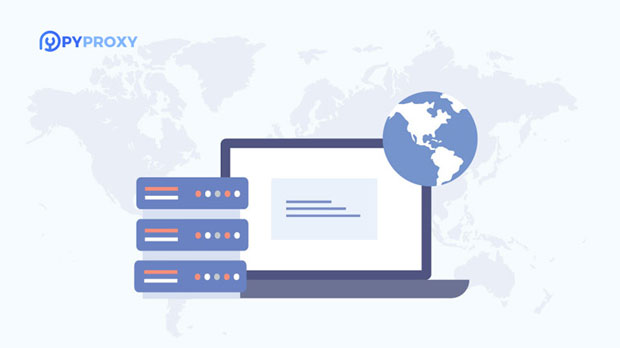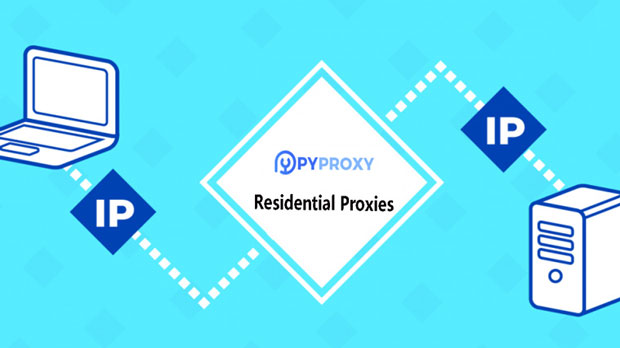The concept of proxy servers, particularly sock s5 proxies, has gained significant attention in various fields such as cybersecurity, privacy, and data analysis. Proxy servers serve as intermediaries that mask the user's real IP address, providing anonymity and security. SOCKS5, in particular, is known for its ability to support multiple protocols, making it a versatile option for users with different needs. A key question that arises in this context is whether the multi-protocol support of SOCKS5 proxies impacts their pricing. This article delves into the factors that influence the cost of SOCKS5 proxies, particularly focusing on how the ability to support multiple protocols plays a role. Understanding SOCKS5 Proxies and Multi-Protocol SupportSOCKS5 is an internet protocol that facilitates the routing of network traffic through a proxy server. It differs from earlier SOCKS protocols by offering enhanced support for different types of traffic, including UDP, TCP, and others. The most significant feature of SOCKS5 is its ability to handle various types of internet protocols, providing users with greater flexibility and compatibility.Multi-protocol support refers to the ability of a proxy server to handle different types of traffic across multiple protocols, such as HTTP, HTTPS, FTP, and more. This is particularly valuable for users who require diverse network functions, as it ensures that the proxy can adapt to a wide range of internet activities without encountering compatibility issues.The Role of Multi-Protocol Support in Proxy PricingThe pricing of proxy servers, including SOCKS5 proxies, is influenced by several factors. Multi-protocol support is one of the key elements that can significantly affect the price. Here's an in-depth analysis of how multi-protocol support contributes to the overall pricing structure:1. Enhanced Functionality and FlexibilityThe primary advantage of multi-protocol support is its ability to handle a variety of internet traffic, offering flexibility to users. This makes SOCKS5 proxies more versatile than their counterparts that only support specific protocols, such as HTTP proxies. Users who require different protocols for their activities, such as secure browsing, P2P file sharing, or accessing restricted content, will find SOCKS5 proxies with multi-protocol support more appealing.However, this added functionality comes at a cost. Providing support for multiple protocols requires additional resources and maintenance efforts on the part of the proxy provider. These resources may include upgraded server infrastructure, network optimization, and advanced security measures to ensure smooth and secure handling of multiple types of traffic. As a result, proxies that offer multi-protocol support tend to be priced higher than those that only support a single protocol.2. Server Infrastructure and Maintenance CostsTo support multiple protocols effectively, proxy servers need robust server infrastructure capable of handling the increased load. SOCKS5 proxies, with multi-protocol capabilities, often require more advanced hardware and software configurations to manage the traffic efficiently. Additionally, regular updates and maintenance are necessary to ensure compatibility with new protocols and to maintain optimal performance.The costs associated with maintaining these advanced infrastructures are reflected in the pricing structure. Proxy providers must account for these additional expenses when determining the cost of their services. Consequently, customers seeking multi-protocol SOCKS5 proxies are likely to pay a premium for the added value and performance.3. Demand and Market CompetitionMarket demand is another critical factor that affects the pricing of SOCKS5 proxies. The more in-demand a proxy type is, the higher the price can be set. Multi-protocol SOCKS5 proxies tend to be more sought after due to their versatility and the wide range of use cases they support. For example, businesses or individuals involved in data scraping, online gaming, or content streaming require proxies that can support multiple protocols to ensure seamless performance.However, market competition plays a role in keeping prices competitive. As more providers offer multi-protocol SOCKS5 proxies, the price may stabilize or even decrease, depending on the number of available options in the market. Even so, the high demand for versatile proxies often allows providers to charge a premium.4. Security and Anonymity FeaturesSecurity is a paramount concern for users of proxy services, and SOCKS5 proxies are favored for their robust security features. SOCKS5 proxies support secure authentication methods, and with multi-protocol support, they can enhance the security of various types of traffic, such as web browsing or data transfer.However, implementing these advanced security features requires additional resources and technical expertise. To ensure that the proxies offer the highest levels of security and maintain user anonymity across multiple protocols, providers must invest in cutting-edge encryption techniques, secure tunneling protocols, and frequent audits. These investments contribute to the overall cost of the service, and users benefit from the added value of enhanced security.5. Performance and Speed ConsiderationsAnother critical factor in pricing is the performance of the proxy service. Multi-protocol SOCKS5 proxies often deliver superior performance, particularly in scenarios where different types of traffic need to be handled simultaneously. These proxies are designed to ensure that traffic flows smoothly and efficiently, even when supporting multiple protocols.To achieve this, providers need to optimize their infrastructure to handle the increased load. This may involve advanced load balancing techniques, optimized routing algorithms, and high-speed data centers. The costs associated with ensuring high performance across various protocols are passed on to the customer, resulting in higher pricing for multi-protocol SOCKS5 proxies.6. Customization and User-Specific NeedsSome users require highly customized proxy solutions to meet specific needs. For instance, businesses may require proxies that can support specific protocols, such as FTP for file transfer, or P2P for torrenting. Multi-protocol SOCKS5 proxies can be tailored to meet these needs, making them more attractive to customers seeking specialized solutions.Customization requires additional development and support efforts, which further increases the cost of the service. As a result, customers who require highly customized multi-protocol proxies can expect to pay more than those who are satisfied with standard single-protocol proxies.ConclusionThe multi-protocol support of SOCKS5 proxies significantly impacts their pricing. The added flexibility, functionality, security, and performance offered by these proxies come at a cost, with factors such as infrastructure, maintenance, demand, and customization all contributing to higher prices. While SOCKS5 proxies with multi-protocol support are more expensive, they provide significant value to users who require a versatile and secure solution for their online activities. As demand for such proxies continues to grow, their pricing will remain a reflection of the added complexity and resources required to maintain these advanced services.
Jul 18, 2025



































































